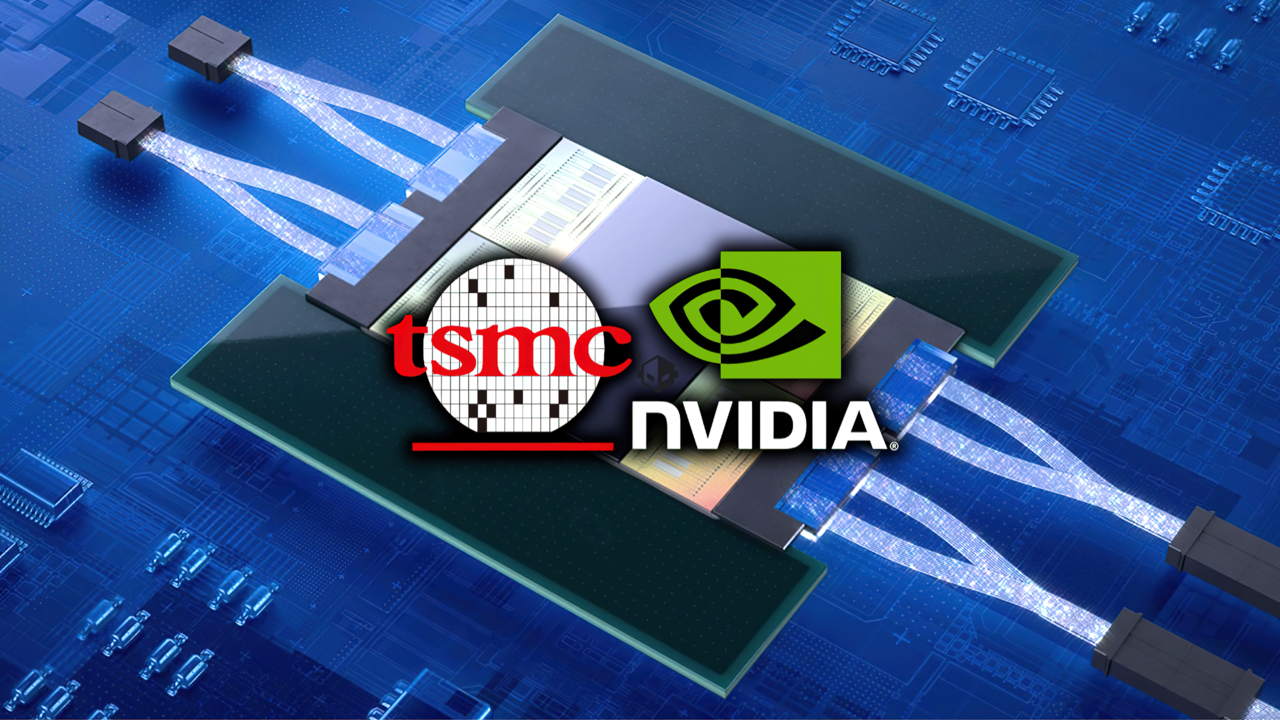Nvidia is making a significant shift in its chip manufacturing strategy to maintain its competitive advantage in the AI space. The company could become the first company to utilize Taiwanese chipmaker TSMC’s latest 1.6-nanometer A16 technology.
Nvidia to purchase 1.6nm TSMC chips
This move disrupts Nvidia’s previous tradition of being among the first to adopt TSMC’s latest technologies. This role was previously held by Apple, followed by MediaTek and Qualcomm.

While Nvidia has historically typically achieved performance gains through architectural improvements, it is now turning to TSMC’s new manufacturing processes. The A16 process introduces innovative power delivery systems such as GAAFET and SPR (Super Power Rail). Experts predict that SPR will be the most critical element of these technologies.
TSMC will begin high-volume production of the A16 process towards the end of 2026. Nvidia’s transition to this technology could occur in late 2027 or early 2028. The company is expected to use the A16 process in its Rubin Ultra or Feynman GPU series. The Feynman architecture, in particular, is seen as the most likely to make a significant leap forward with the A16.
This development represents a critical turning point for the AI market. Nvidia’s privileged access to this advanced manufacturing technology puts pressure on rival companies.
In particular, it is becoming increasingly difficult for AMD, Nvidia’s biggest rival in the AI GPU market, to access a similar level of manufacturing process. This competition for high-performance chips will directly impact the pace of development of AI technologies in the future.













